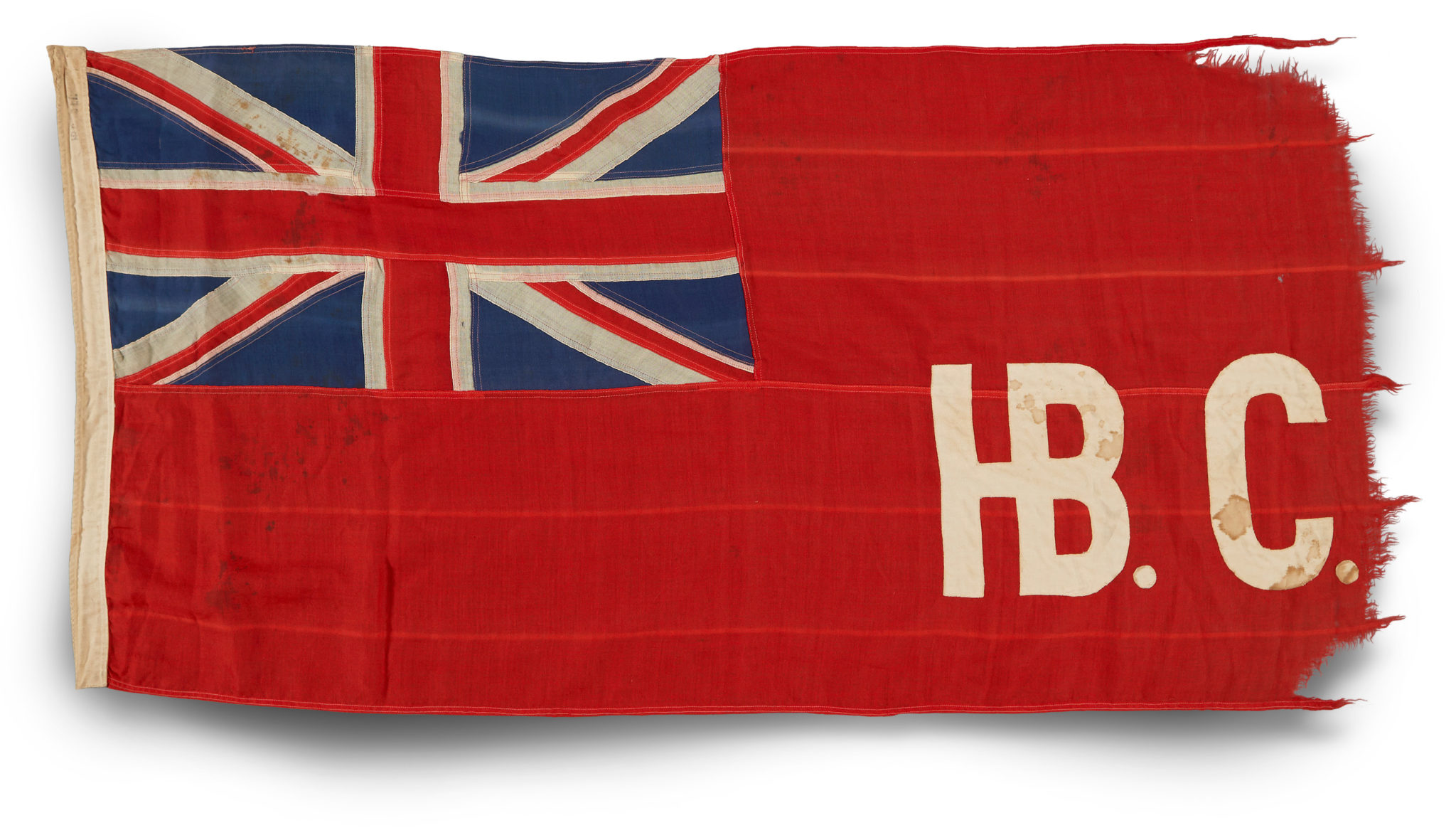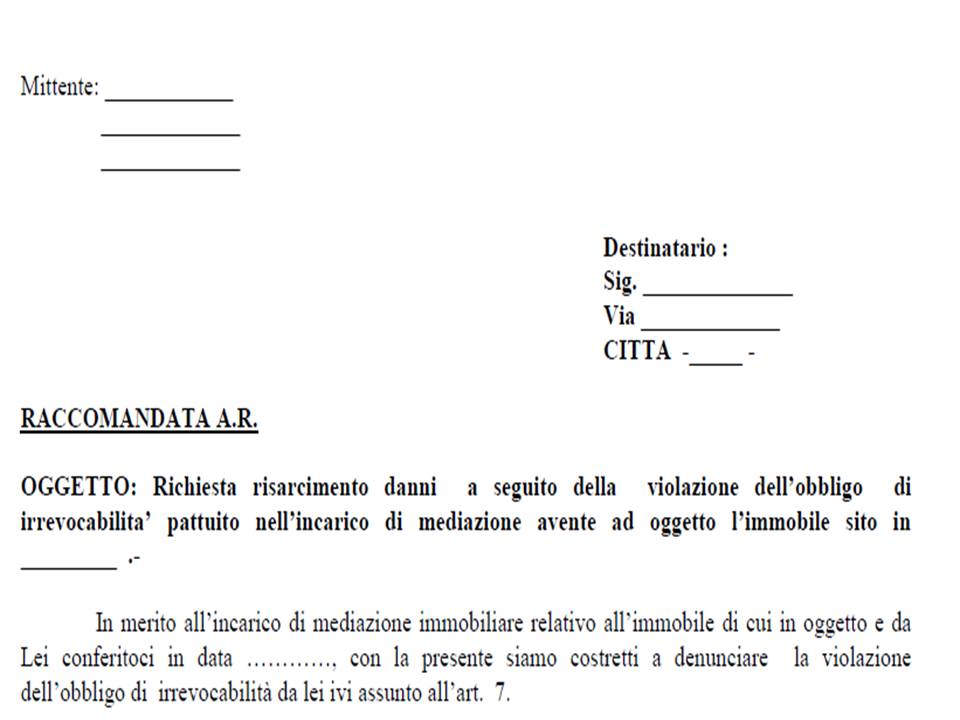Connecting History: Hudson's Bay Artifacts Complement Manitoba Collection

Table of Contents
The Significance of Hudson's Bay Company Artifacts in Manitoba's History
The Hudson's Bay Company (HBC) played a pivotal, and often controversial, role in shaping Manitoba's destiny. For centuries, its influence permeated the province's economic, social, and cultural landscape. Understanding the HBC's impact is crucial to grasping the full story of Manitoba.
-
Role of the HBC in shaping Manitoba's economy: The fur trade, orchestrated primarily by the HBC, fueled early economic development, establishing trading posts that became centres of activity and population. This created a network of settlements and spurred economic growth across the region.
-
HBC's contribution to the exploration and mapping of the region: HBC explorers and traders mapped vast swathes of previously uncharted territory, opening up the region for further settlement and development. Their journals and maps remain invaluable historical resources.
-
The social and cultural impact of HBC on Indigenous populations: The relationship between the HBC and Indigenous communities was complex and often fraught with tension. The fur trade profoundly altered Indigenous ways of life, impacting their economies, social structures, and relationships with the land. Examining HBC artifacts sheds light on this critical aspect of Manitoba's history.
-
Examples of significant HBC trading posts and their locations in Manitoba: The sites of York Factory, Lower Fort Garry, and Norway House, among others, are physical testaments to the HBC's presence. These locations serve as powerful reminders of the company's lasting legacy in Manitoba. The artifacts recovered from these sites are critical pieces of the historical puzzle.
Specific Examples of Complementary Artifacts
The integration of Hudson's Bay artifacts significantly enriches existing Manitoba collections. Several examples highlight this synergy:
-
Example 1: A meticulously crafted birch bark canoe. This artifact, showcasing Indigenous craftsmanship and ingenuity, reveals the vital role Indigenous peoples played in the fur trade, providing crucial transportation and expertise to the HBC. Paired with existing exhibits on Indigenous cultures, it offers a richer, more nuanced perspective.
-
Example 2: A ledger detailing land transactions between the HBC and Indigenous communities. This document, a piece of primary source material, provides invaluable insight into land ownership disputes and treaty negotiations. Its inclusion enhances existing displays on the history of land rights and treaty relations in Manitoba, offering a more complete and informed understanding of these complex topics.
-
Example 3: A finely woven Hudson's Bay blanket. This iconic item showcases the cultural exchange between European and Indigenous textile traditions. It complements exhibits showcasing traditional Indigenous clothing and demonstrates the influence of the HBC on clothing styles and materials.
Enhancing Educational and Research Opportunities
The combined collection of Hudson's Bay artifacts and existing Manitoba holdings creates unparalleled educational and research opportunities:
-
New research avenues opened by the combined collections: The integration of these collections allows for fresh perspectives on topics such as the fur trade's impact on Indigenous populations, the evolution of land ownership in Manitoba, and the development of trade networks.
-
Improved educational resources for students and the public: These artifacts serve as powerful tools for engaging students and the public with Manitoba's history, offering a multi-faceted and compelling learning experience.
-
Potential for collaborative projects between museums and historical societies: The combined collections foster inter-institutional collaborations, facilitating the exchange of knowledge and expertise, leading to more comprehensive research and educational initiatives.
-
Opportunities for public engagement and outreach programs: The artifacts offer exciting possibilities for public engagement, allowing for the creation of engaging exhibitions, interactive displays, and educational outreach programs.
Preservation and Accessibility of the Combined Collection
The preservation and accessibility of these combined collections are paramount:
-
Conservation efforts for fragile artifacts: Proper storage, climate control, and restoration techniques are crucial for preserving the integrity of these historically significant items.
-
Digital archiving and online access to the collection: Making the collection accessible online broadens its reach, allowing researchers and the public across the globe to learn more about Manitoba's history.
-
Plans for future exhibitions and displays: Innovative exhibition design and interactive displays can enhance the visitor experience and promote deeper engagement with the artifacts.
-
Accessibility initiatives for diverse audiences: Providing materials in multiple languages, creating accessible displays for people with disabilities, and developing diverse outreach programs will ensure that the collections are accessible to all Manitobans.
Conclusion
Connecting Hudson's Bay artifacts with Manitoba's existing collection offers invaluable insights into the province's past, enriching our understanding of its complex history. This enhanced collection provides unparalleled educational opportunities, fosters groundbreaking research, and necessitates robust preservation efforts. By exploring Manitoba's history through Hudson's Bay artifacts, we gain a more comprehensive appreciation of the province's rich heritage. We encourage you to visit the museums housing these collections, discover the rich heritage of Hudson's Bay and Manitoba, and support the ongoing efforts to preserve this vital part of our shared history. Learn more about the complementary collections of Hudson's Bay artifacts and Manitoba history – it's a journey into the heart of the province's past.

Featured Posts
-
 How To Get Blue Ivys Eyebrows A Guide From Tina Knowles
Apr 30, 2025
How To Get Blue Ivys Eyebrows A Guide From Tina Knowles
Apr 30, 2025 -
 Nebraskas Destination Act Reshaping The Future Of The Rod Yates Project In Gretna
Apr 30, 2025
Nebraskas Destination Act Reshaping The Future Of The Rod Yates Project In Gretna
Apr 30, 2025 -
 Dealers Intensify Fight Against Ev Sales Quotas
Apr 30, 2025
Dealers Intensify Fight Against Ev Sales Quotas
Apr 30, 2025 -
 Tzin Sortsaki Kai Beyonce I Nea Diafimisi Poy Syzitietai
Apr 30, 2025
Tzin Sortsaki Kai Beyonce I Nea Diafimisi Poy Syzitietai
Apr 30, 2025 -
 Exploring Black History Through Yates Insights From Dr Jessica Johnson
Apr 30, 2025
Exploring Black History Through Yates Insights From Dr Jessica Johnson
Apr 30, 2025
Latest Posts
-
 Il Risarcimento Di Becciu Oltre Al Danno La Beffa Per Gli Accusatori
Apr 30, 2025
Il Risarcimento Di Becciu Oltre Al Danno La Beffa Per Gli Accusatori
Apr 30, 2025 -
 Sentenza Vaticano Becciu Condannato E Dovra Risarcire Gli Accusatori
Apr 30, 2025
Sentenza Vaticano Becciu Condannato E Dovra Risarcire Gli Accusatori
Apr 30, 2025 -
 Becciu Dovra Pagare Il Risarcimento Ai Suoi Accusatori
Apr 30, 2025
Becciu Dovra Pagare Il Risarcimento Ai Suoi Accusatori
Apr 30, 2025 -
 Caso Becciu Condanna Vaticana E Obbligo Di Risarcimento
Apr 30, 2025
Caso Becciu Condanna Vaticana E Obbligo Di Risarcimento
Apr 30, 2025 -
 Processo Becciu Aggiornamenti Sull Appello Del 22 Settembre
Apr 30, 2025
Processo Becciu Aggiornamenti Sull Appello Del 22 Settembre
Apr 30, 2025
